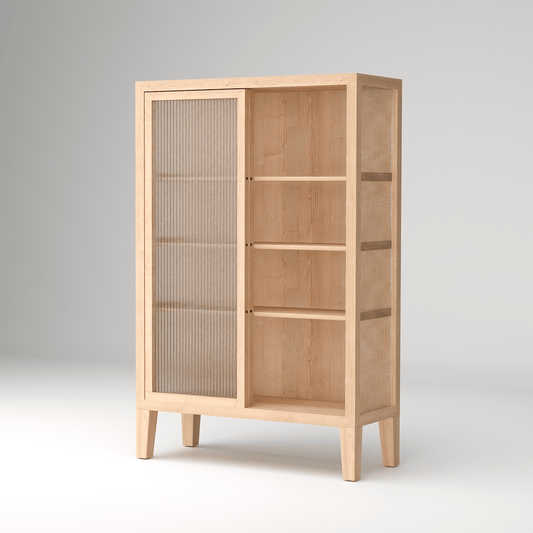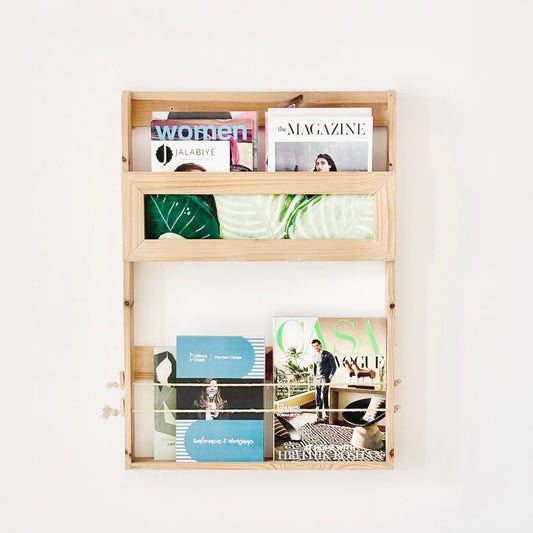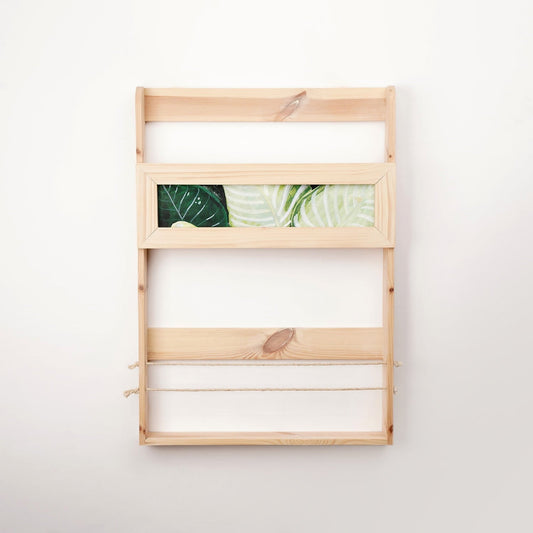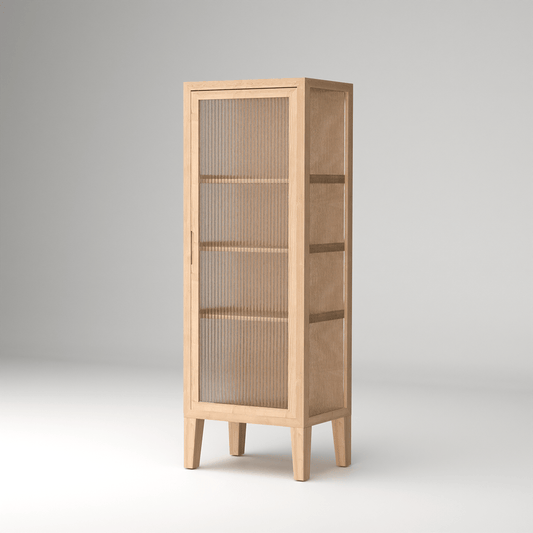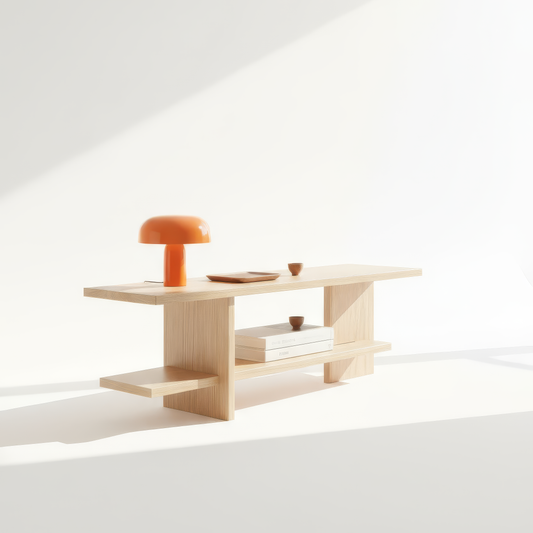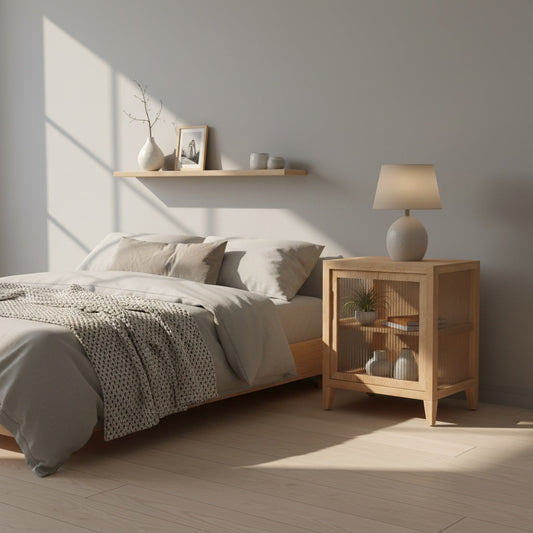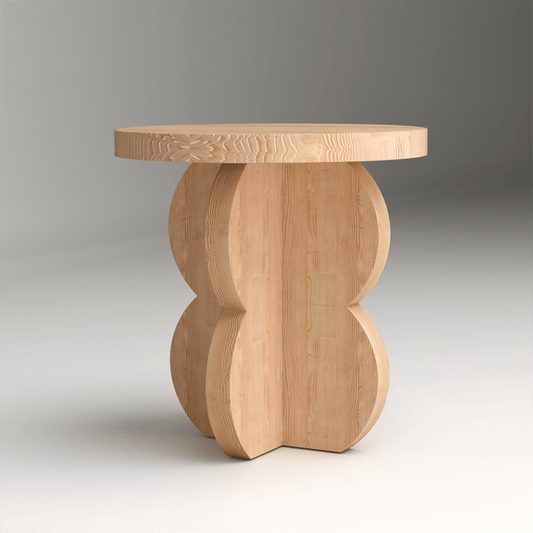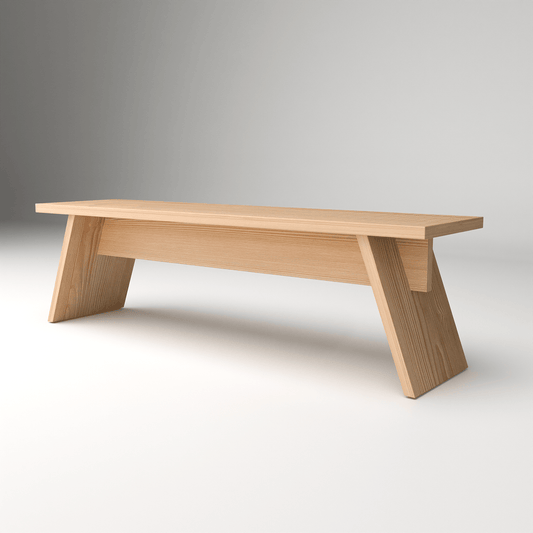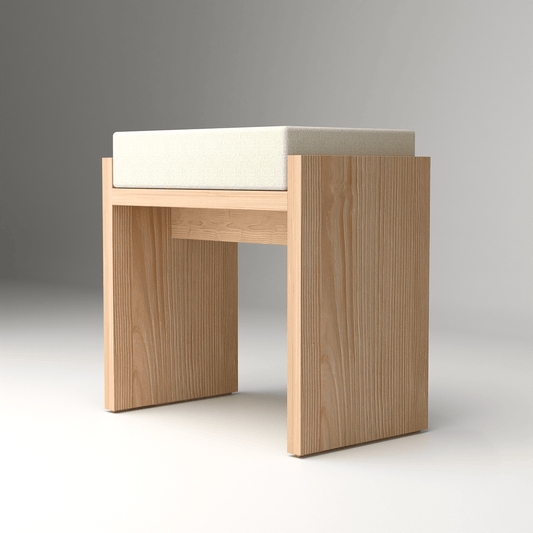The evolution of Scandinavian design in 2025 represents one of the most significant shifts in interior design philosophy we've witnessed in decades. What began as a movement characterized by stark minimalism and austere functionality has transformed into something far more nuanced—a design approach that prioritizes human comfort and emotional well-being while maintaining the clean aesthetic principles that made Nordic design globally beloved.
This transformation reflects our changing relationship with our living spaces and a deeper understanding of how design impacts our daily lives. At A Good Life, we've embraced this evolution, creating handcrafted pine wood furniture that embodies the perfect balance between minimalist aesthetics and maximum comfort.
The Great Scandinavian Design Evolution
Understanding where Scandinavian design is heading requires appreciating where it's been. The movement's roots in mid-20th century Nordic countries emphasized functionality, simplicity, and democratic design—beautiful objects that everyone could afford and enjoy.
From Stark to Warm: The Journey
The early 2000s saw Scandinavian design become almost clinical in its pursuit of minimalism. Spaces were beautiful but often felt cold and unwelcoming. The 2025 evolution represents a correction—a return to the human-centered principles that originally defined Nordic design.
Key evolutionary markers include:
-
2010s: Peak minimalism with stark white walls and sparse furnishing
-
Late 2010s: Introduction of hygge and cozy elements
-
Early 2020s: Sustainability becomes paramount
-
2025: Comfort-first design while maintaining minimalist principles
Defining Maximum Comfort in Scandinavian Context
Maximum comfort in 2025 Scandinavian design doesn't mean abandoning minimalism—it means making minimalism work harder for human well-being. This approach recognizes that true luxury lies not in excess but in thoughtful curation of elements that genuinely enhance daily life.
The Comfort Hierarchy
Modern Scandinavian comfort operates on multiple levels:
Physical Comfort: Furniture that supports the body properly, materials that feel good to touch, and spaces that promote good posture and movement.
Emotional Comfort: Colors, textures, and forms that create psychological ease and reduce stress.
Functional Comfort: Design solutions that make daily tasks easier and more pleasant.
Environmental Comfort: Sustainable materials and practices that align with personal values.
Material Revolution: Pine Wood as Comfort Champion
Pine wood has emerged as the material of choice for comfort-focused Scandinavian design, and for good reason. Its natural properties align perfectly with the movement's evolution toward warmer, more welcoming spaces.
Why Pine Wood Dominates 2025 Design
Pine offers unique advantages that synthetic materials simply cannot match:
-
Natural temperature regulation that feels comfortable year-round
-
Acoustic properties that create quieter, more peaceful spaces
-
Visual warmth that makes minimalist spaces feel inviting
-
Sustainability credentials that align with conscious living values
-
Aging characteristics that improve the material's beauty over time
Our Nordic Fluted Glass Bedside Table exemplifies this material philosophy, combining the warmth of sustainable pine wood with the elegant transparency of fluted glass. This piece demonstrates how 2025 Scandinavian design achieves maximum comfort through thoughtful material choices that serve both aesthetic and functional purposes.
Comfort-Driven Color Psychology
The 2025 Scandinavian palette has evolved to support psychological comfort while maintaining the movement's signature restraint. Colors are chosen not just for their visual appeal but for their impact on mood and well-being.
The New Nordic Color Framework
Foundation Colors: Warm whites and soft creams that provide a nurturing base without the harshness of stark white.
Accent Colors: Muted earth tones like sage green, soft terracotta, and gentle lavender that add personality without overwhelming.
Wood Tones: Natural pine, oak, and birch in their unbleached states, celebrating the inherent beauty of the material.
Textile Colors: Neutral grays, soft beiges, and natural linen tones that layer beautifully with wood and create textural interest.
Furniture Design: Where Comfort Meets Minimalism
2025 Scandinavian furniture design represents a masterclass in balancing competing priorities. Pieces must be visually minimal while maximizing comfort and functionality.
Design Principles for Comfort-First Minimalism
Ergonomic Integration: Comfort features are built into the design from the beginning, not added as afterthoughts.
Multi-Sensory Appeal: Furniture engages multiple senses—visual beauty, tactile pleasure, and even subtle acoustic properties.
Emotional Resonance: Pieces create an emotional connection through their proportions, materials, and craftsmanship details.
Functional Elegance: Every element serves a purpose, but that purpose includes creating joy and satisfaction in daily use.
For storage solutions that embody these principles, consider our Minimalist Magazine Rack in Pinewood. This piece transforms the simple act of organizing reading materials into a moment of aesthetic pleasure, featuring clean lines that don't sacrifice the natural warmth and character that make a space feel truly comfortable.
Lighting: The Comfort Catalyst
Lighting plays a crucial role in the transition from minimalism to maximum comfort. 2025 Scandinavian lighting design focuses on creating emotional atmospheres that support well-being throughout the day.
Comfort-Focused Lighting Strategies
Layered Illumination: Multiple light sources at different levels create depth and allow for mood adjustment.
Warm Color Temperatures: 2700K-3000K lighting that mimics natural candlelight and promotes relaxation.
Natural Light Optimization: Strategic placement of furniture and mirrors to maximize daylight benefits.
Circadian Support: Lighting systems that adjust throughout the day to support natural sleep cycles.
Sculptural Elements: Light fixtures that serve as art pieces while providing functional illumination.
Textural Comfort: The Tactile Dimension
Texture becomes a primary tool for adding comfort to minimalist spaces without cluttering them visually. The key is strategic layering that creates tactile interest while maintaining visual harmony.
Textural Layering for Comfort
Foundation Textures: Smooth wood surfaces and clean textiles that provide a calm base.
Accent Textures: Rougher weaves, natural stone, or brushed metals that add tactile interest.
Comfort Textures: Soft throws, plush cushions, and natural fiber rugs that invite physical interaction.
Seasonal Textures: Elements that can be changed with the seasons to maintain freshness and comfort.
Technology Integration: Invisible Comfort
2025 Scandinavian design thoughtfully integrates technology in ways that enhance comfort without disrupting the aesthetic. The goal is invisible functionality that supports daily life.
Smart Comfort Features
Climate Control: Automated systems that maintain optimal temperature and humidity levels.
Lighting Automation: Smart systems that adjust throughout the day without manual intervention.
Sound Management: Acoustic design that reduces noise pollution and creates peaceful environments.
Air Quality: Integrated systems that monitor and improve indoor air quality.
Charging Solutions: Built-in charging stations that eliminate cable clutter while keeping devices accessible.
Spatial Planning for Maximum Comfort
The way we arrange furniture and plan spaces has evolved to prioritize comfort and well-being over purely aesthetic considerations.
Comfort-Driven Spatial Principles
Flow and Movement: Clear pathways that encourage natural movement and reduce stress.
Zones of Activity: Distinct areas for different activities, each optimized for its specific function.
Flexibility: Spaces that can adapt to changing needs throughout the day and seasons.
Privacy and Openness: Balanced design that provides both social connection and personal retreat options.
Natural Connection: Strategic placement that maximizes connections to outdoor spaces and natural light.
The Psychology of Comfortable Minimalism
Understanding why this evolution toward comfort has occurred requires examining the psychological needs that design can address.
Psychological Comfort Factors
Sense of Control: Spaces that allow inhabitants to adjust elements like lighting, temperature, and configuration.
Predictability: Consistent design languages that create a sense of order and calm.
Personal Expression: Opportunities for customization and personalization within minimalist frameworks.
Social Connection: Design that facilitates both intimate gatherings and larger social interactions.
Restoration: Elements that actively promote mental and physical recovery from daily stress.
Implementing Comfort-First Scandinavian Design
Successfully transitioning to comfort-focused Scandinavian design requires a strategic approach that considers both immediate needs and long-term lifestyle goals.
Implementation Strategy
Assessment Phase: Evaluate current spaces for comfort deficits and opportunities.
Priority Setting: Identify which comfort improvements will have the greatest impact.
Gradual Integration: Implement changes over time to allow for adjustment and refinement.
Quality Investment: Choose pieces that will provide long-term comfort and satisfaction.
Professional Guidance: Consider consulting with designers who understand the comfort-minimalism balance.
Measuring Comfort Success
How do you know if your comfort-focused design is working? Success metrics go beyond aesthetics to include quality of life improvements.
Comfort Success Indicators
Sleep Quality: Improved rest in redesigned bedroom spaces.
Stress Reduction: Lower stress levels when spending time at home.
Productivity: Enhanced focus and efficiency in work areas.
Social Satisfaction: Increased enjoyment when entertaining guests.
Daily Pleasure: Greater satisfaction with routine activities in redesigned spaces.
The Future of Comfortable Scandinavian Design
As we look beyond 2025, the trend toward comfort-focused design will likely continue evolving, incorporating new technologies and responding to changing lifestyle needs.
Emerging Comfort Trends
Wellness Integration: Design that actively promotes physical and mental health.
Adaptive Environments: Spaces that automatically adjust to inhabitant needs and preferences.
Biophilic Expansion: Deeper integration of natural elements and patterns.
Community Connection: Design that facilitates both digital and physical social connections.
Sustainable Comfort: Comfort solutions that minimize environmental impact.
Maintenance and Care for Comfort
Maintaining comfort-focused Scandinavian design requires ongoing attention to both aesthetic and functional elements.
Maintenance Strategies
Regular Assessment: Periodic evaluation of comfort levels and adjustment needs.
Seasonal Updates: Changes in textiles and accessories to maintain freshness.
Material Care: Proper maintenance of natural materials to preserve their comfort properties.
System Updates: Regular updates to smart home systems and technology integration.
Lifestyle Adaptation: Adjustments as life circumstances and comfort needs change.
The evolution from minimalism to maximum comfort represents Scandinavian design's maturation into a more human-centered approach. By maintaining the movement's core principles while prioritizing comfort and well-being, 2025 Scandinavian design offers a blueprint for creating spaces that are not just beautiful to look at, but genuinely wonderful to live in.
This transformation acknowledges that our homes should serve as more than aesthetic statements—they should be active contributors to our happiness, health, and overall quality of life. As this evolution continues, we can expect even more innovations that blend Scandinavian aesthetic principles with genuine human comfort needs, creating spaces that truly embody the good life we all seek.


